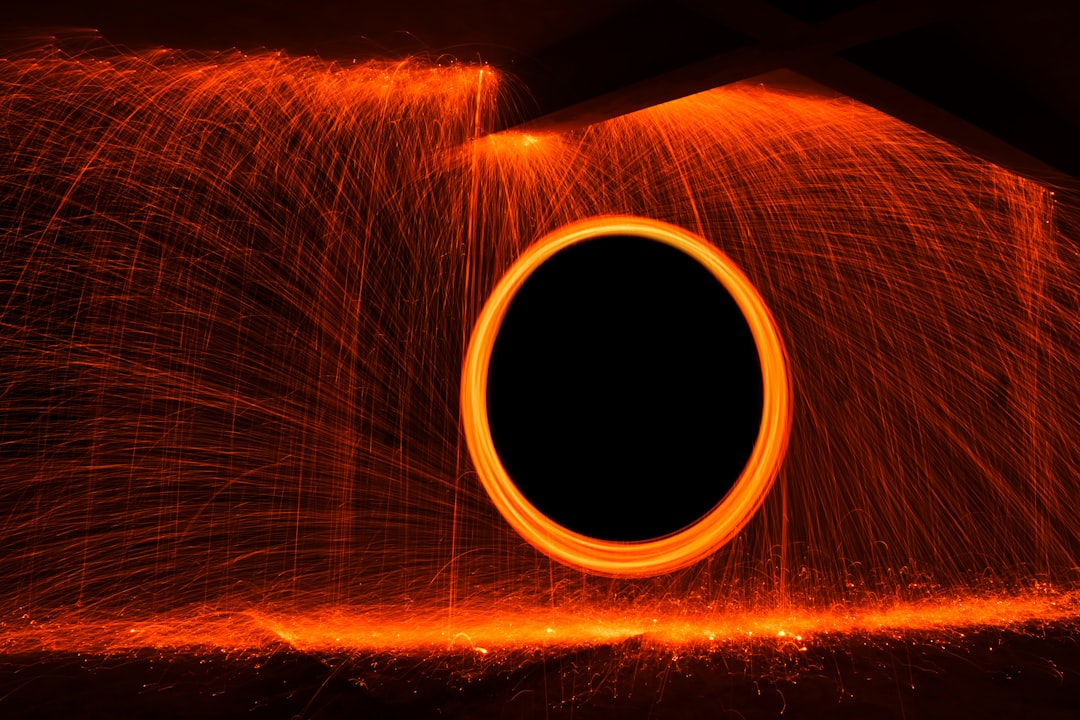What is it about?
This work addresses the Josephson parametric amplifiers are an important part of a modern superconducting quantum computing platform and squeezed quantum states generation devices. Here, we present a quantum-limited 3-wave-mixing parametric amplifier based on superconducting nonlinear asymmetric inductive elements (SNAILs), whose useful bandwidth is enhanced with an on-chip two-section impedance-matching circuit based on microstrip transmission lines. The amplifier dynamic range is increased using an array of 67 SNAILs with 268 Josephson junctions, forming a nonlinear quarter-wave resonator. Operating in a current-pumped mode, we experimentally demonstrate an average gain of 17 dB across 300 MHz bandwidth, along with an average saturation power of –100 dBm, which can go as high as −97 dBm with quantum-limited noise performance. Moreover, the amplifier can be fabricated using a simple technology with just one e-beam lithography step.
Featured Image

Photo by Михаил Павленко on Unsplash
Why is it important?
Parametric amplifiers have become key components in quantum information processing due to their near quantum-limited noise performance. Those devices are used as the first stage of the low-noise amplification schemes defining primarily the overall system noise and signal-to-noise ratio. Broadband Josephson parametric amplifiers are the only tools to perform single-photon power measurements of both microwave and optical signals, quantum metrology, and dark matter search. In quantum computing, it has been used for high-fidelity single-shot readout of superconducting qubits, real-time quantum feedback control, and generating squeezed quantum states.
Read the Original
This page is a summary of: Broadband SNAIL parametric amplifier with microstrip impedance transformer, Applied Physics Letters, December 2022, American Institute of Physics,
DOI: 10.1063/5.0129862.
You can read the full text:
Contributors
The following have contributed to this page










